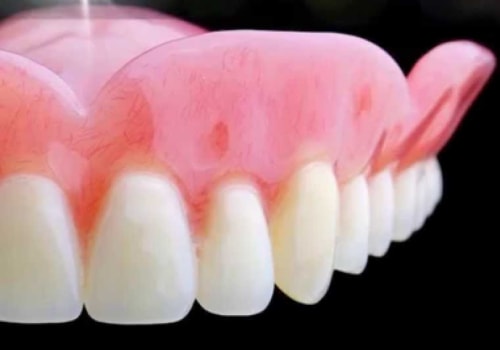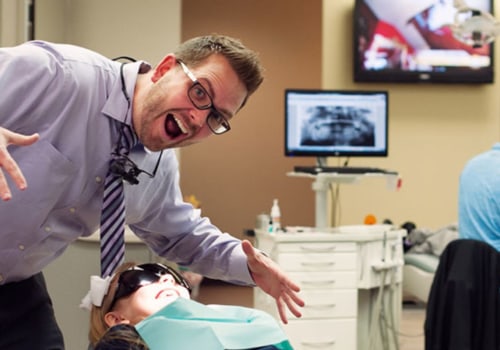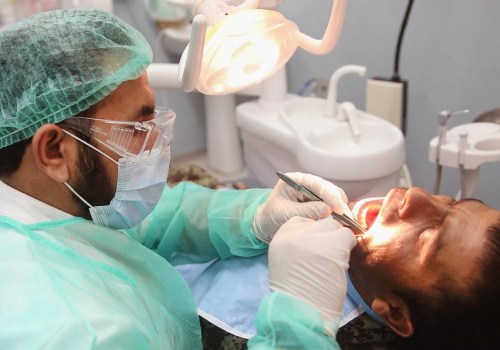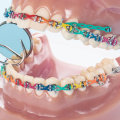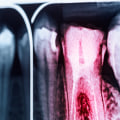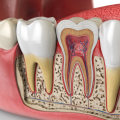Dentists are responsible for a wide range of oral health issues, while orthodontists are specialists who focus on the alignment of the teeth and jaws, using non-surgical solutions to correct misalignment. After completing dental school and passing the certification exam, orthodontists must attend an orthodontic residency program for two to three years in order to obtain a specialty certification in orthodontics. If you have an orthodontic appliance that needs repair, your orthodontist can help. And if you ever need treatment for crooked teeth or a bite issue, your dentist will refer you to an orthodontist. So if you need dental care, should you call an orthodontist or dentist? If you have a toothache or think you may have a cavity, see your general dentist for a diagnosis.
It's common for people to use “dentist” and “orthodontist” interchangeably, but they are two distinct specialties. To practice as an orthodontist, most dental schools require two to three additional courses after earning a general dentistry degree. If you wear braces to straighten your teeth or address another dental problem, your orthodontist may place molar bands on your back teeth. Orthodontists use tools such as braces, retainers, and harnesses to move teeth into better positions and retrain muscles. Orthodontists have many tools at their disposal that help them align their teeth and jaws correctly, including traditional braces, lingual braces, and transparent aligners, among other orthodontic appliances.
Orthodontists must receive additional educational certification before they can begin practicing. Because alignment problems are unique to each patient, orthodontists use x-rays and photographs of the teeth to create personalized treatment plans, according to the American Association of Orthodontists (AAO).According to U. S. News & World Report, demand for orthodontist jobs is expected to grow by more than 8% in the coming years.
The specific problems that orthodontists treat include underbites, overbites, large spaces between teeth, and crowding, which occurs when teeth are too close together. Both dentists and orthodontists first earn a bachelor's degree from a four-year university and then apply to dental school, taking the Dental Admission Exam (DAT) as part of the application process in most programs.

